Les skis freeride sont conçus pour skier sur terrain naturel et dans la poudreuse profonde. Voici un guide rapide pour vous aider à choisir les bons skis :
- Longueur : Les skis plus courts sont plus faciles à contrôler ; les skis plus longs offrent de la stabilité à haute vitesse. Pour un skieur de 5'8", les longueurs varient de 160 à 180 cm selon le niveau de compétence.
- Largeur : Les skis étroits (moins de 85 mm) sont parfaits pour la neige dure, tandis que les skis larges (100+ mm) flottent mieux en poudreuse.
-
Profil :
- Cambre : Idéal pour l'accroche des carres et la vitesse sur pistes damées.
- Rocker : Excelle en poudreuse avec des virages faciles.
- Hybride : Combine cambre et rocker pour la polyvalence.
Tableau comparatif rapide:
| Terrain | Largeur | Idéal pour |
|---|---|---|
| Neige dure (Côte Est) | 80–90 mm | Pistes damées, contrôle des carres |
| All-Mountain (Ouest) | "90–105 mm" | Polyvalence sur tous les terrains |
| Poudreuse profonde | 105+ mm | Flottaison dans la neige molle |
Utilisez ce guide pour adapter vos skis à votre terrain et niveau pour une performance optimale.
Comment choisir vos skis freeride | Salomon Guide pratique
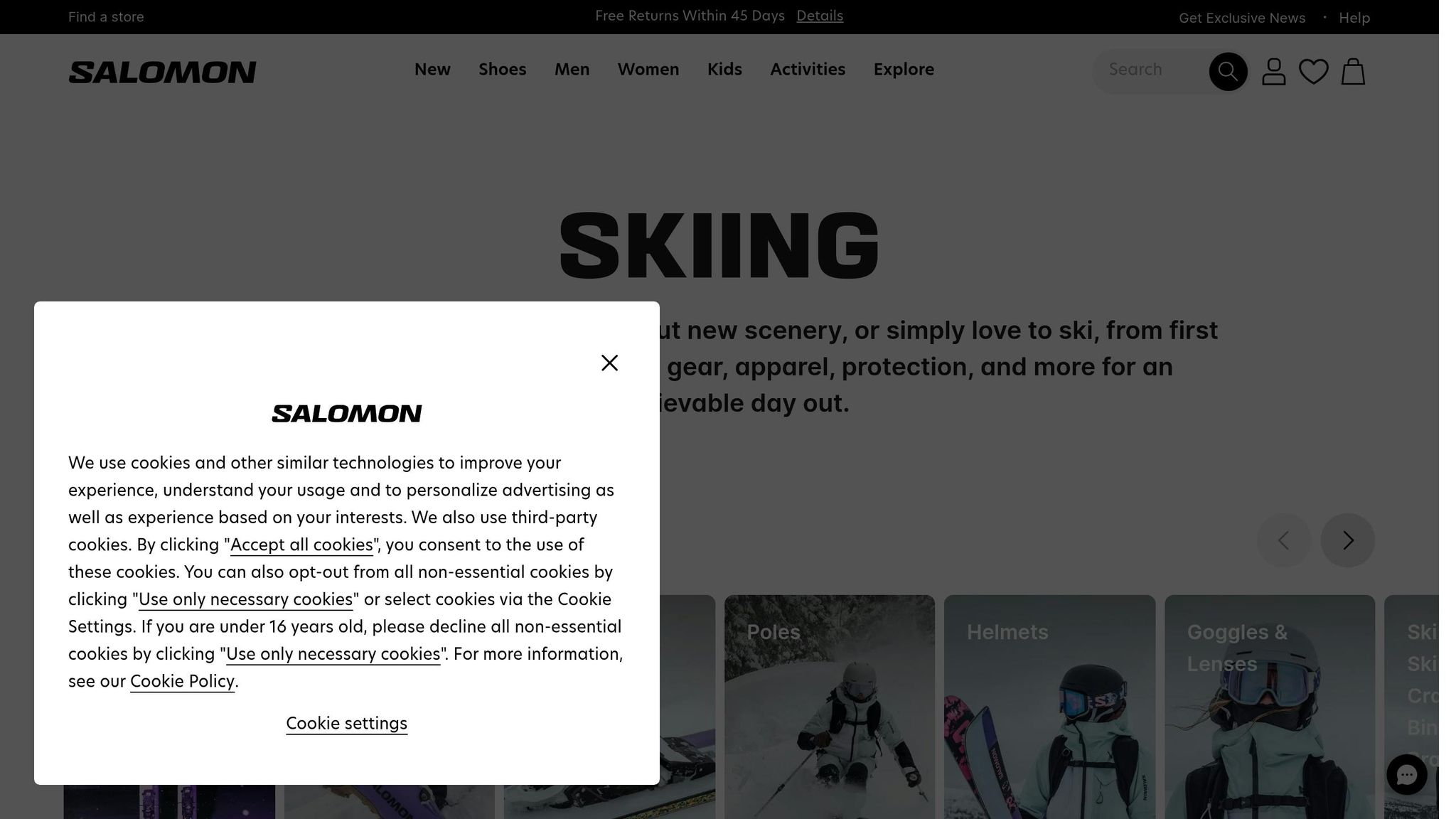
3 parties principales des skis freeride
Les skis freeride consistent à équilibrer trois dimensions clés : longueur, largeur et profil. Chacune joue un rôle dans la maniabilité et la performance de vos skis sur différents terrains.
Longueur des skis : choisir la bonne taille
La longueur de vos skis a un grand impact sur la sensation sous les pieds. Des skis plus longs offrent une meilleure stabilité à haute vitesse, tandis que des skis plus courts sont plus faciles à contrôler, surtout à basse vitesse. Par exemple, si vous mesurez 5'8" (173 cm), la longueur de vos skis devrait généralement se situer entre 160 cm et 180 cm, selon votre niveau et votre style de glisse préféré.
| Niveau de compétence | Ajustement de la longueur | Idéal pour |
|---|---|---|
| Débutant | -10 cm par rapport à la norme | Contrôle plus facile, vitesses plus lentes |
| Intermédiaire | Longueur standard | Usage équilibré et polyvalent |
| Avancé | +5-10 cm par rapport à la norme | Stabilité à haute vitesse |
Largeur des skis : adapter aux conditions
La largeur de vos skis, mesurée à la taille, détermine leur performance dans différentes conditions de neige. Les skis freeride varient généralement de 88 mm à plus de 100 mm à la taille.
Voici un aperçu rapide des catégories de largeur :
- Étroit (moins de 85 mm) : Parfait pour les pistes damées, offrant un excellent contrôle des carres.
- Largeur moyenne (88-102 mm) : Une option polyvalente qui équilibre la flottabilité dans la neige molle avec la maniabilité.
- Large (plus de 100 mm) : Idéal pour la poudreuse profonde, offrant une flottabilité supérieure.
Si vous skiez sur la côte Est, où les conditions de neige dure sont courantes, des skis plus étroits (80-90 mm) vous offriront une meilleure accroche. En revanche, les stations de l'Ouest, riches en poudreuse, nécessitent des skis plus larges (100+ mm) pour vous maintenir en flottaison dans la neige fraîche.
Profil du Ski : Comment la Forme Impacte la Performance
Le profil d'un ski - sa vue de côté - influence sa manière d'interagir avec la neige. Il y a trois profils principaux à considérer :
-
Cambre traditionnel
- Assure le contact du bord avec la neige.
- Assure une forte accroche sur les surfaces dures.
- Offre de la stabilité à haute vitesse.
- Crée une sensation dynamique et réactive lors des virages.
-
Rocker (Cambre inversé)
- Conçu pour faciliter les virages et la maniabilité dans la neige molle.
- Excelle en poudreuse avec une flottaison améliorée.
- Réduit les risques d'accrocher un bord.
-
Hybride (Cambre + Rocker)
- Combine les avantages du cambre et du rocker.
- Présente un cambre sous le pied pour l'accroche et un rocker à la spatule pour la flottaison.
- Fonctionne bien dans une variété de conditions.
- Raccourcit le bord effectif, facilitant les virages.
Pour une expérience tout-terrain polyvalente, un profil hybride est un choix solide. Si vous recherchez de la poudreuse profonde, optez pour un ski avec un design rocker plus prononcé.
Choisir des Skis selon Votre Terrain et Votre Niveau
Une fois que vous avez compris les bases des dimensions des skis, l'étape suivante consiste à trouver des skis adaptés à votre terrain et à votre niveau.
"Meilleurs skis pour la poudreuse et le hors-piste"
"Quand il s'agit de poudreuse et de ski hors-piste, la largeur joue un rôle important pour vous assurer de rester à flot et de garder le contrôle. Par exemple, à Alta, Utah, où les chutes de neige annuelles atteignent en moyenne 518 pouces impressionnants, des skis plus larges sont indispensables. Voici ce qu'il faut rechercher dans des skis spécifiques à la poudreuse :"
- "Largeur au patin : Visez au moins 102 mm pour rester en flottaison sur la neige profonde."
- "Profil rocker : Un rocker prononcé à la spatule vous aide à glisser sans effort dans la poudreuse."
- "Longueur : Des skis 5 à 15 cm plus longs que votre taille offrent une stabilité supplémentaire."
"Si vous affrontez une neige plus humide et lourde - comme celle que l'on trouve souvent à Mt. Baker - vous aurez besoin d'une largeur encore plus grande pour gérer les conditions."
"Skis pour la pratique all-mountain"
"Les skis all-mountain sont vos alliés pour la polyvalence, conçus pour gérer tout, des pistes damées aux journées occasionnelles de poudreuse. Selon le terrain, voici comment ils se comportent :"
| Type de terrain | "Largeur recommandée" | "Caractéristiques clés" |
|---|---|---|
| "Station mixte" | "88–102 mm" | "Rocker/cambre hybride" |
| "Focus Frontside" | "82–88 mm" | "Rocker modéré à la spatule" |
| "Conditions variables" | "90–105 mm" | "Conçu pour l'adaptabilité" |
"Un ski all mountain est un type de ski conçu pour bien performer dans diverses conditions de ski et types de terrain, y compris les pistes damées, les bosses, la poudreuse et le hors-piste."
– Noah Spengler, Auteur, Next Adventure
Votre niveau de compétence joue également un grand rôle dans le choix des skis tout-terrain adaptés, comme expliqué ci-dessous.
Spécifications des skis débutant vs expert
La longueur des skis est un autre facteur crucial qui varie selon votre expérience. Pour un skieur mesurant 5'8", voici un guide général :
- Débutants : environ 160 cm pour un contrôle plus facile.
- Intermédiaires : plutôt autour de 170 cm pour une performance équilibrée.
- Experts : environ 178 cm pour assurer la stabilité à haute vitesse.
Les experts ont tendance à préférer des skis plus longs pour de meilleures performances lors de descentes agressives, tandis que les débutants optent souvent pour des skis plus courts pour une maniabilité plus facile. La localisation compte aussi : les skieurs de la côte Est affrontant des pistes dures préfèrent souvent des skis plus étroits, tandis que les skieurs de l'Ouest bénéficient de skis plus larges pour gérer la neige plus profonde.
sbb-itb-17ade95
Options de skis courts Snowfeet*
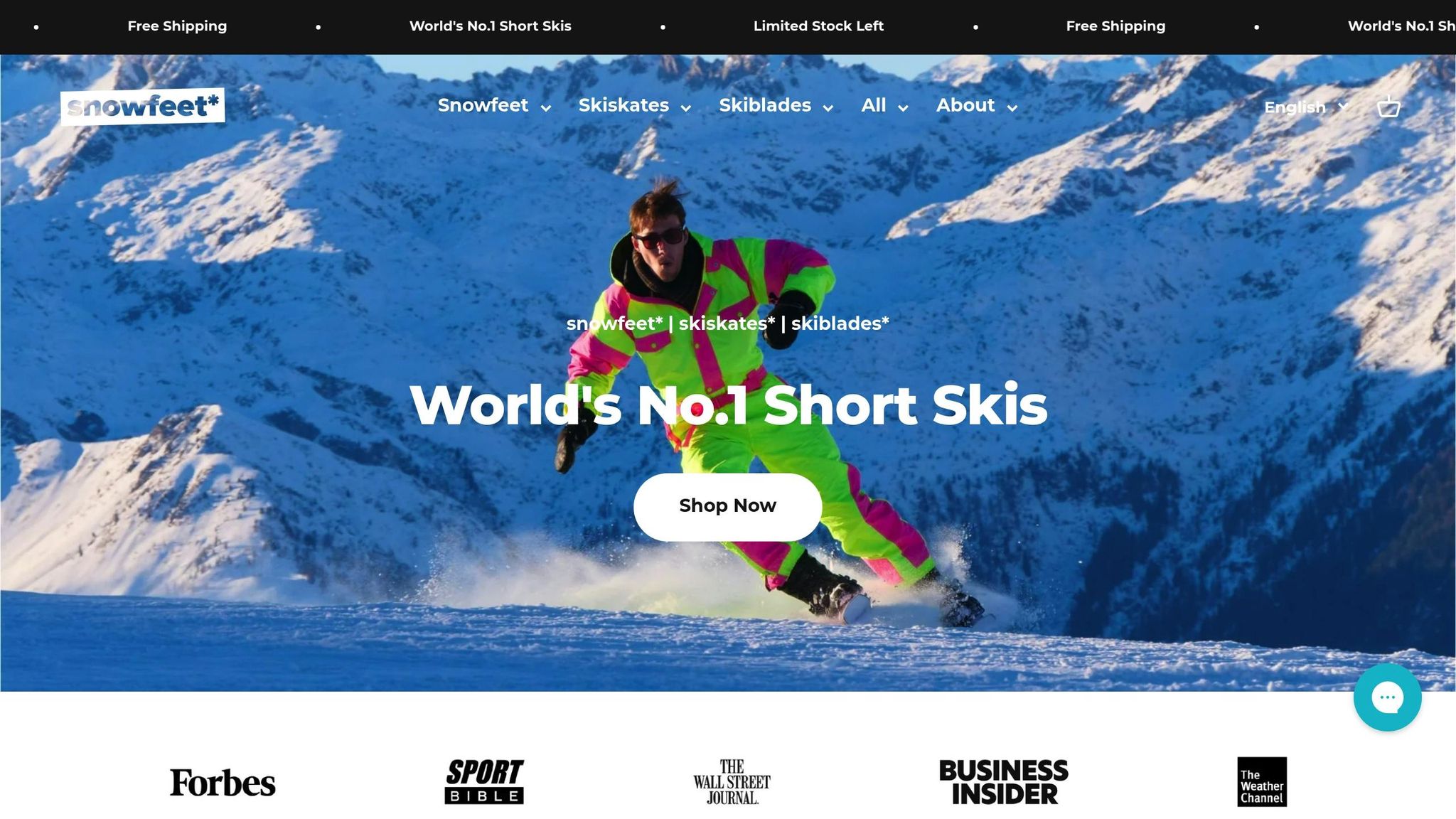
Snowfeet* propose des skis compacts conçus pour offrir des performances de premier ordre sur divers terrains. Regardons de plus près deux options phares, chacune adaptée à des aventures de randonnée spécifiques.
WALKSKI : skis de randonnée 100 cm (env. 39 pouces)
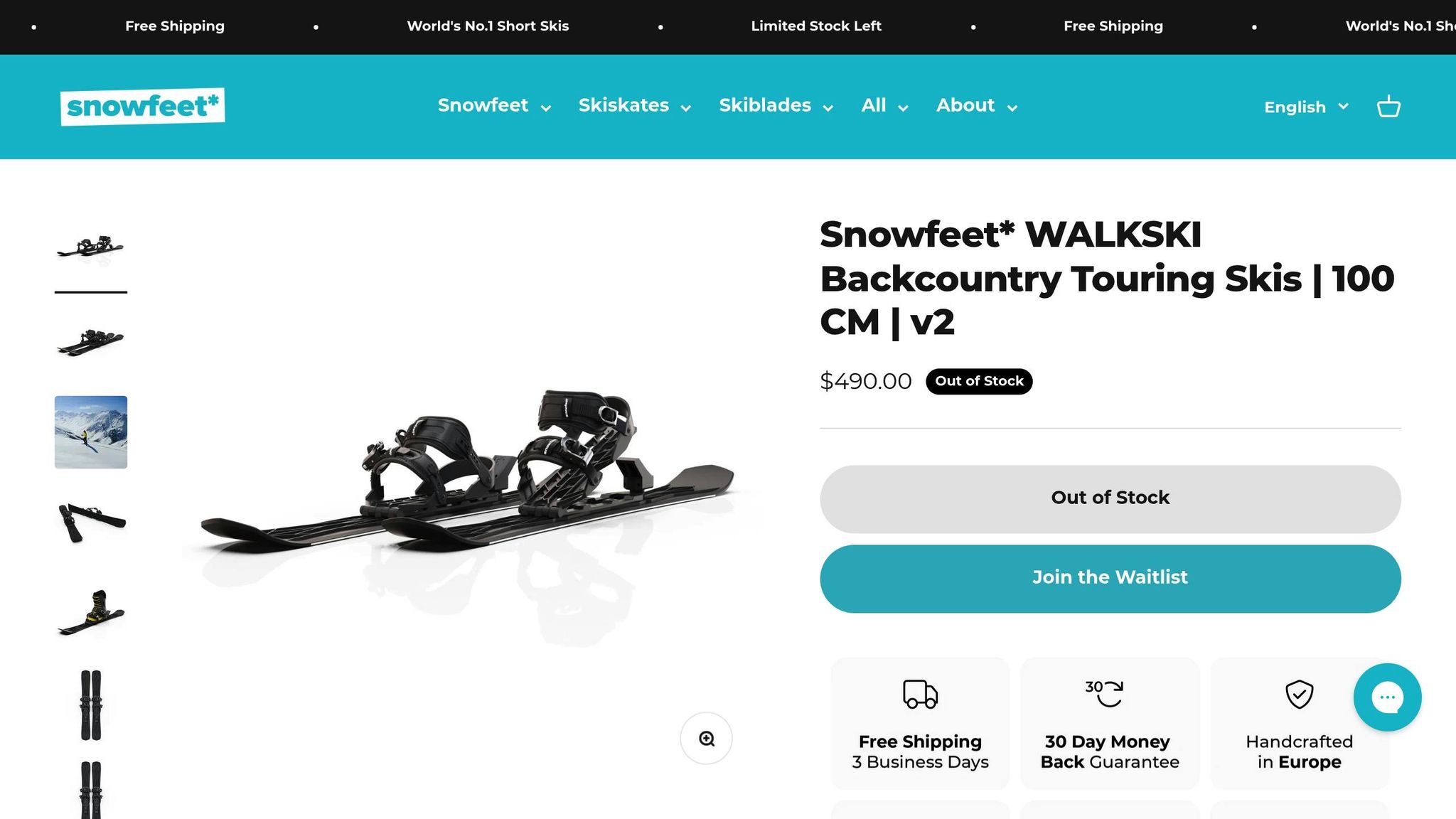
Le WALKSKI de 100 cm est synonyme d'agilité et de contrôle, ce qui en fait un excellent choix pour explorer les forêts denses ou affronter des pentes raides et étroites.
| Caractéristique | Avantage | Impact sur la performance |
|---|---|---|
| Fixation universelle | Compatible avec les chaussures d'hiver et de snowboard | Pas besoin de chaussures spécialisées |
| Design léger | Réduit la fatigue lors des ascensions | Rend les montées plus efficaces |
| Longueur 100 cm | Augmente la maniabilité | Maniabilité facilitée dans les espaces étroits |
Proposé à 490,00 $, le WALKSKI est une option pratique pour le hors-piste, adaptée aussi bien aux débutants qu'aux skieurs expérimentés qui recherchent précision et facilité de mouvement.
NORDIC : Skis de fond 90 cm (env. 35 pouces)
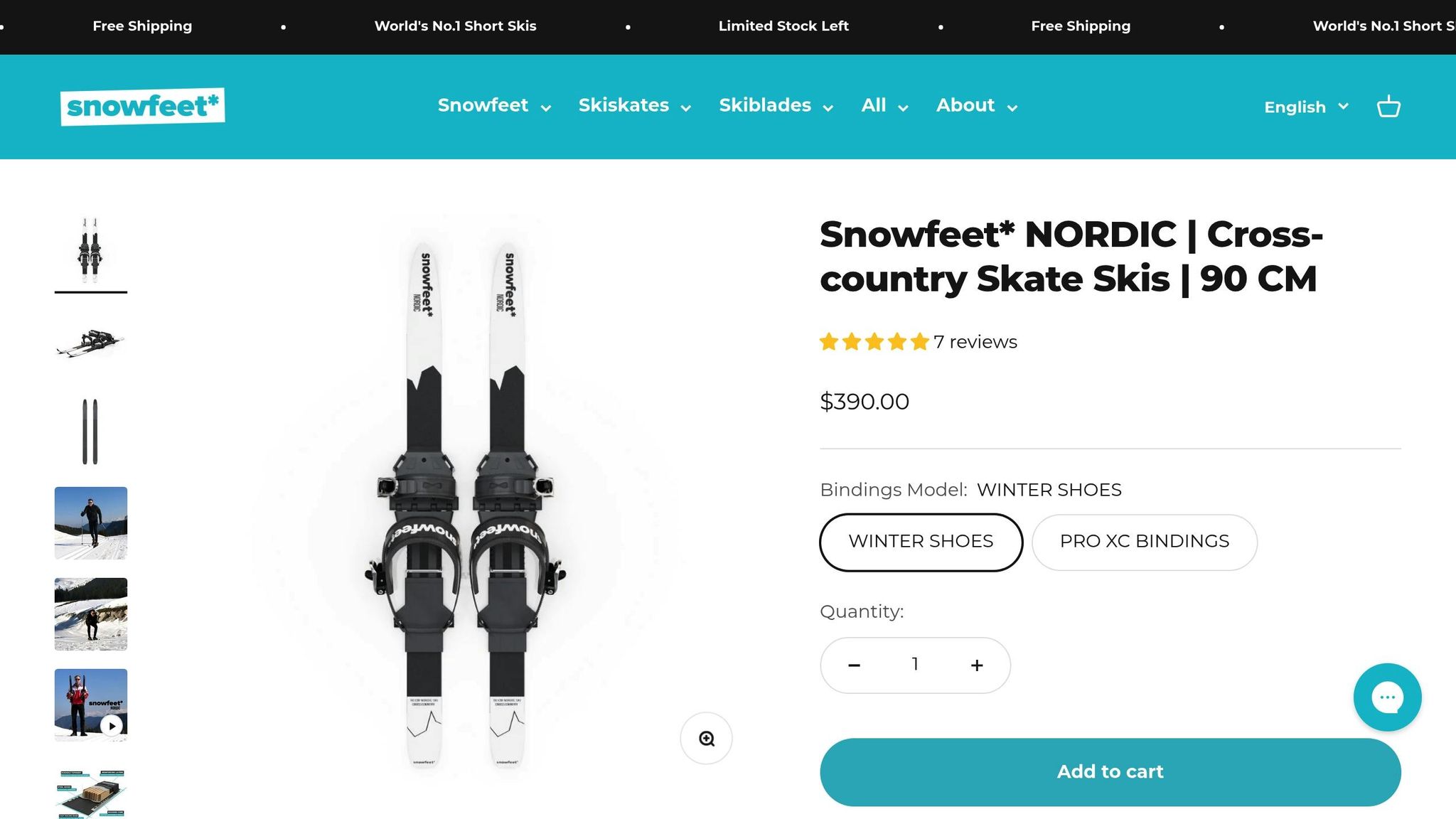
Les skis NORDIC de 90 cm combinent l'efficacité du ski nordique traditionnel avec l'avantage supplémentaire d'une meilleure maniabilité, parfaits pour les pistes damées comme pour les aventures hors-piste. Les points forts incluent :
- Système de fixation polyvalent compatible avec les chaussures d'hiver classiques
- Flexion équilibrée pour assurer un transfert de puissance fluide
- Construction légère pour économiser de l'énergie lors des longues sorties
"Pour quelqu'un qui n'a pas chaussé de skis de fond depuis 40 ans, l'achat de ces Snowfeet Nordic plus courts a été très excitant !"
Actuellement disponible à 390,00 $ (prix promotionnel), les skis NORDIC ont reçu d'excellents avis de la part des utilisateurs qui apprécient leur facilité d'utilisation et leurs performances. Leur longueur plus courte les rend particulièrement adaptés aux débutants, avec de nombreux utilisateurs réussissant à apprendre le ski de fond dès leur première tentative.
Conseils finaux : Faire votre choix
Maintenant que vous connaissez les spécifications, voici comment choisir le ski freeride parfait pour vos besoins.
Adaptez la largeur de la taille des skis à votre terrain :
- 80-90mm : Idéal pour les pistes dures et damées.
- 90-105mm : Parfait pour une polyvalence tout-terrain.
- 105mm+ : Conçu pour la poudreuse profonde et le ski de grande montagne.
Cet équilibre entre contrôle et portance est essentiel pour la performance freeride.
| Type de terrain | Largeur recommandée au patin | Idéal pour |
|---|---|---|
| Côte Est | 80-90mm | Neige dure, pistes damées |
| Montagnes Rocheuses/Côte Ouest | 90-105mm | Polyvalence tout-terrain |
| Poudreuse profonde | 105mm+ | Ski de grande montagne |
Pour ceux qui recherchent des options de skis compacts, les designs de Snowfeet valent la peine d'être considérés. Leurs modèles sont conçus pour une maniabilité supérieure :
- Le WALKSKI (100cm/39 in.) est excellent pour les espaces étroits, offrant un contrôle incroyable.
- Le NORDIC (90cm/35 in.) brille aussi bien sur les pistes damées que sur les sentiers hors-piste, ce qui en fait un choix polyvalent.
"Avec ces petits skis, on se sent beaucoup plus agile, plus rapide, et surtout – à l'aise. Pas de boucles, pas de bottes lourdes – il suffit d'attacher et de partir." - Jakub F
Les skis courts comme le WALKSKI et le NORDIC sont particulièrement efficaces en terrain étroit et forestier. Grâce à leur conception légère et leur agilité, ils conviennent aussi bien aux débutants qu'aux experts qui privilégient la précision et le contrôle dans des environnements difficiles.
FAQs
Comment choisir la bonne longueur de ski freeride en fonction de ma taille et de mon niveau de compétence ?
Choisir la bonne longueur de ski freeride dépend d'un mélange de votre taille, de votre niveau de compétence et de votre façon de skier. Une règle simple ? Choisissez des skis qui atteignent quelque part entre votre menton et le sommet de votre tête. Par exemple, si vous mesurez 6 pieds, la zone idéale se situe généralement entre 170 cm et 190 cm.
Si vous débutez, les skis plus courts peuvent changer la donne. Ils sont plus faciles à contrôler et rendent les virages moins intimidants. En revanche, les skieurs plus expérimentés se tournent souvent vers des skis plus longs. Pourquoi ? Ils offrent une meilleure stabilité à haute vitesse et gèrent la poudreuse profonde comme un rêve.
Le poids et le terrain jouent aussi un rôle dans votre décision. Les skieurs plus lourds ou ceux qui aiment les larges pentes ouvertes pourraient apprécier le soutien supplémentaire des skis plus longs. Pendant ce temps, les skieurs plus légers ou ceux qui slaloment entre des sentiers boisés denses pourraient trouver les skis plus courts plus maniables.
Prendre en compte tous ces facteurs vous aidera à choisir la bonne longueur de ski, garantissant une glisse plus fluide et agréable - que vous carviez dans la poudreuse ou affrontiez des descentes raides.
Qu'est-ce qui rend les profils de ski hybrides meilleurs que les designs traditionnels cambré ou rocker ?
Les profils de ski hybrides combinent les forces des designs cambré et rocker, créant une option polyvalente pour le freeride. Ces skis excellent à fournir de la flottaison en poudreuse, une accroche fiable sur neige dure, et une initiation de virage fluide et facile. Cette combinaison en fait un choix solide pour les skieurs qui aiment affronter des terrains et conditions variés.
Alors que les skis traditionnels cambrés sont réputés pour leur précision sur pistes damées et que les profils rocker sont appréciés pour leur performance en poudreuse profonde, les hybrides trouvent un équilibre entre les deux. Ils offrent la stabilité et le contrôle du cambré, associés à la sensation ludique et maniable du rocker. Cela en fait une option fantastique pour les skieurs de tous niveaux qui veulent un ski qui s'adapte à leurs besoins tout en gardant l'expérience amusante et dynamique.
Comment la largeur des skis freeride influence-t-elle la performance sur différentes conditions de neige et terrains ?
La largeur des skis freeride a un grand impact sur leur comportement selon les conditions de neige et les terrains. Les skis plus larges - ceux avec une largeur de 100 à 120 mm sous le pied - sont parfaits pour la poudreuse et la neige molle. Leur plus grande surface aide à vous maintenir à flot, vous permettant de glisser sans effort sur la neige profonde sans vous enfoncer. Cela en fait un excellent choix pour les aventures hors-piste et les conditions imprévisibles.
En revanche, les skis plus étroits, généralement moins de 90 mm sous le pied, excellent sur les pistes damées et les pentes glacées. Ils permettent des transitions plus rapides d'arête à arête et offrent des virages plus précis et incisifs, idéaux pour le carving sur neige dure. Cela dit, ils peuvent sembler moins stables dans la neige molle ou profonde.
Choisir la bonne largeur de ski dépend de votre terrain préféré et de votre style de glisse. Si vous cherchez un mélange de flottaison et d'agilité, optez pour une largeur équilibrée qui correspond à vos ambitions de freeride.
Articles de blog connexes
- Calculateur & tableau des tailles de skis [2025] : trouvez votre longueur & largeur idéales
- Guide des longueurs de skis pour femmes : trouvez votre taille parfaite
- Skis Freestyle expliqués : votre guide pour une performance ludique [2025]
- Comment choisir les meilleurs skis all-mountain : guide sur la largeur & la longueur

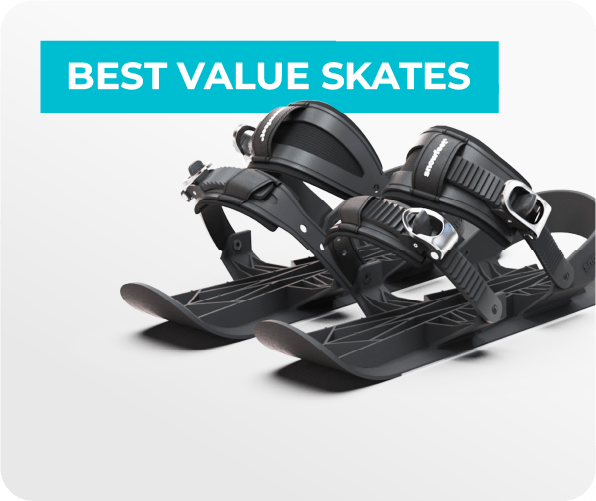
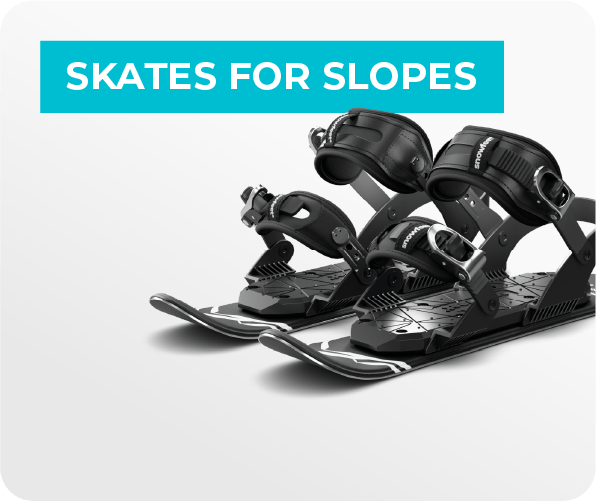
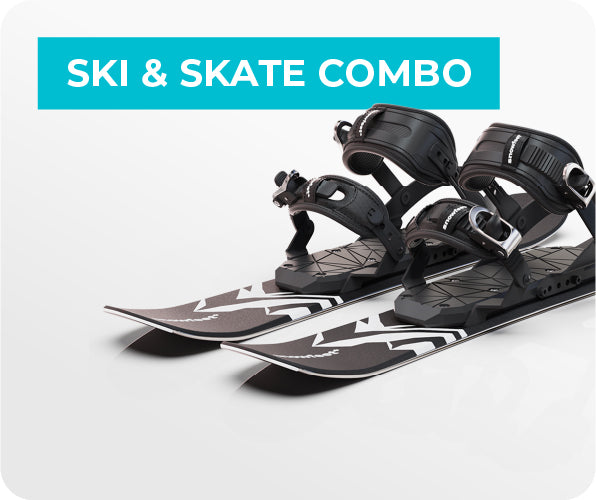
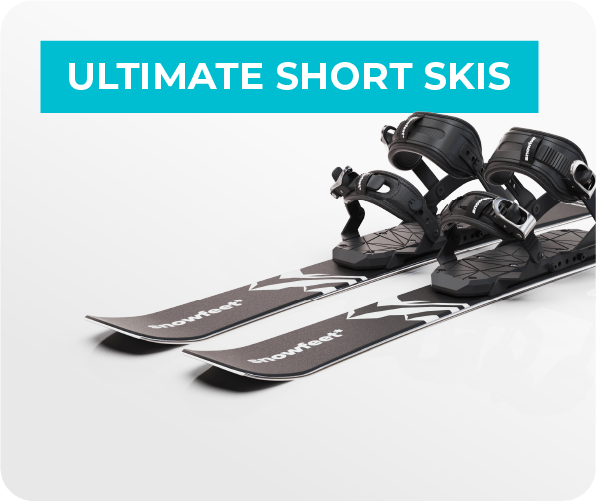
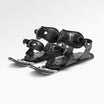
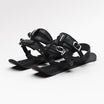
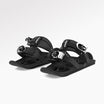
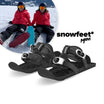
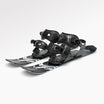
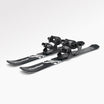
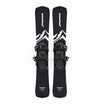
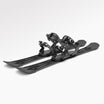
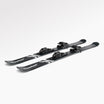
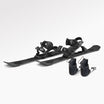
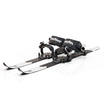
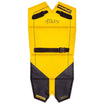
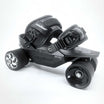

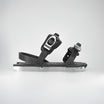
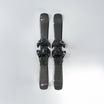
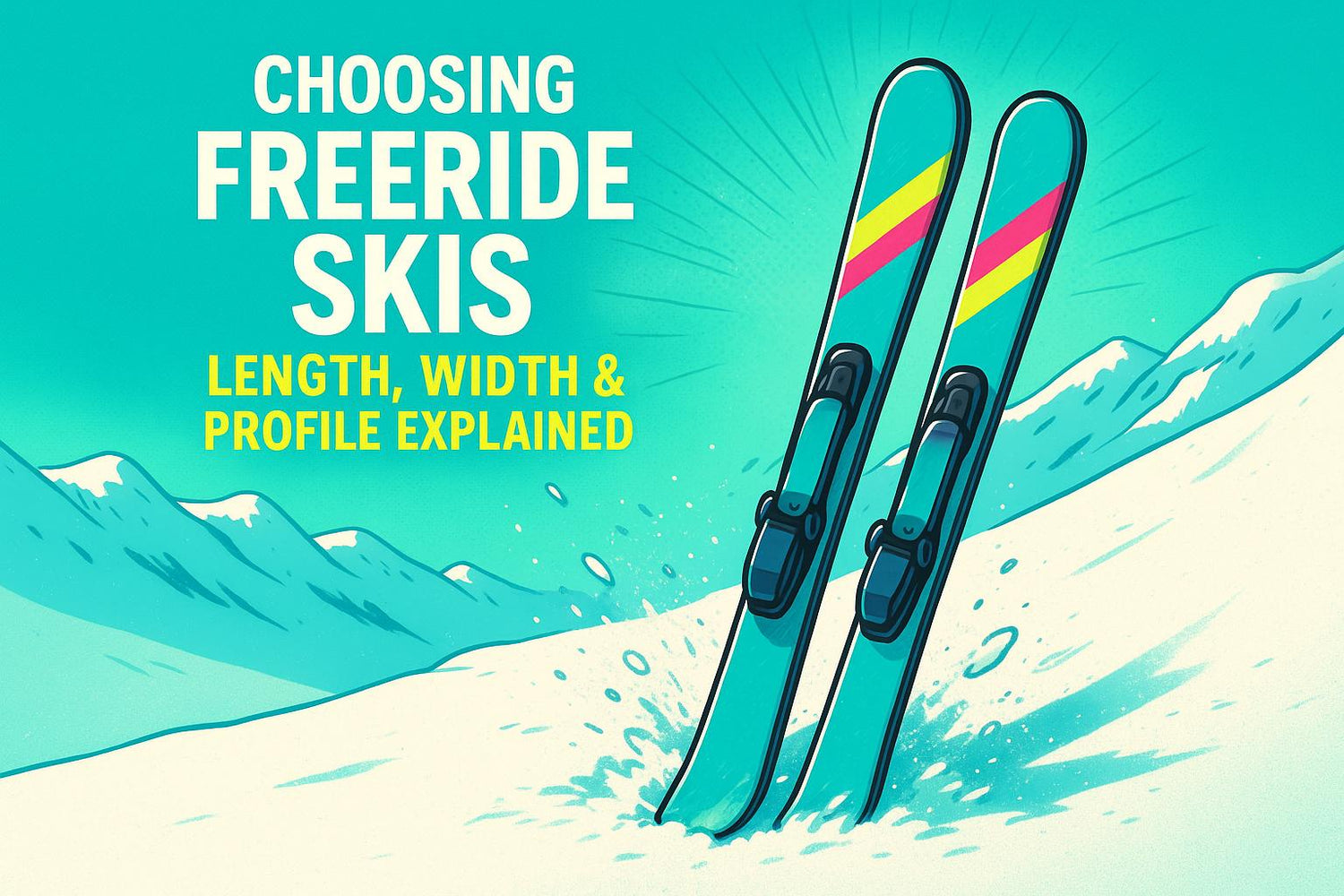
![What Are Freeride Skis? Guide to Big Mountain & Powder Skiing [2025]](http://www.snowfeetstore.com/cdn/shop/articles/6824280c59ff61289922745c-1747201701457_336a2ff3-5c1d-46d7-81ca-49cf84514448-3072864.jpg?v=1758688828&width=1536)
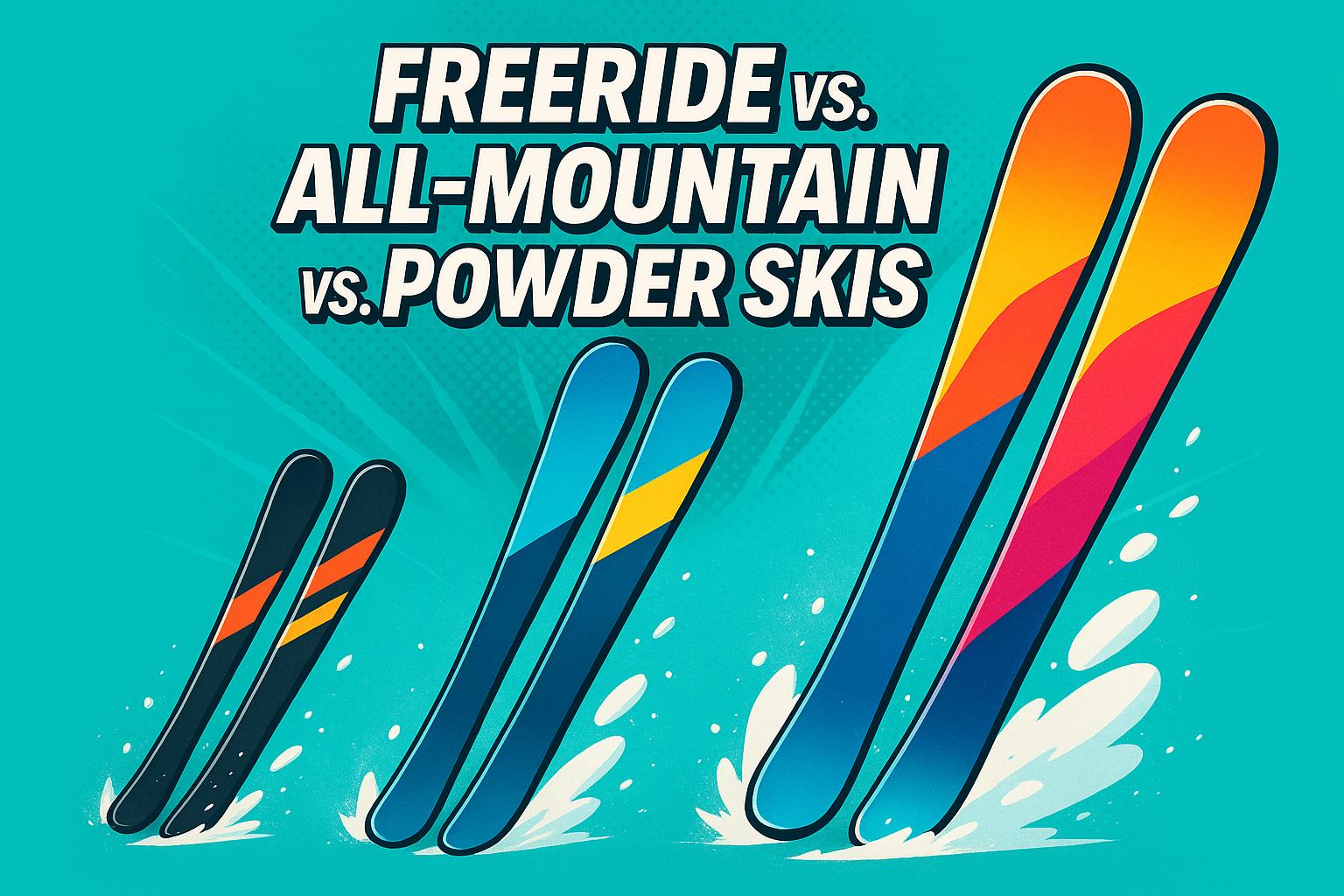
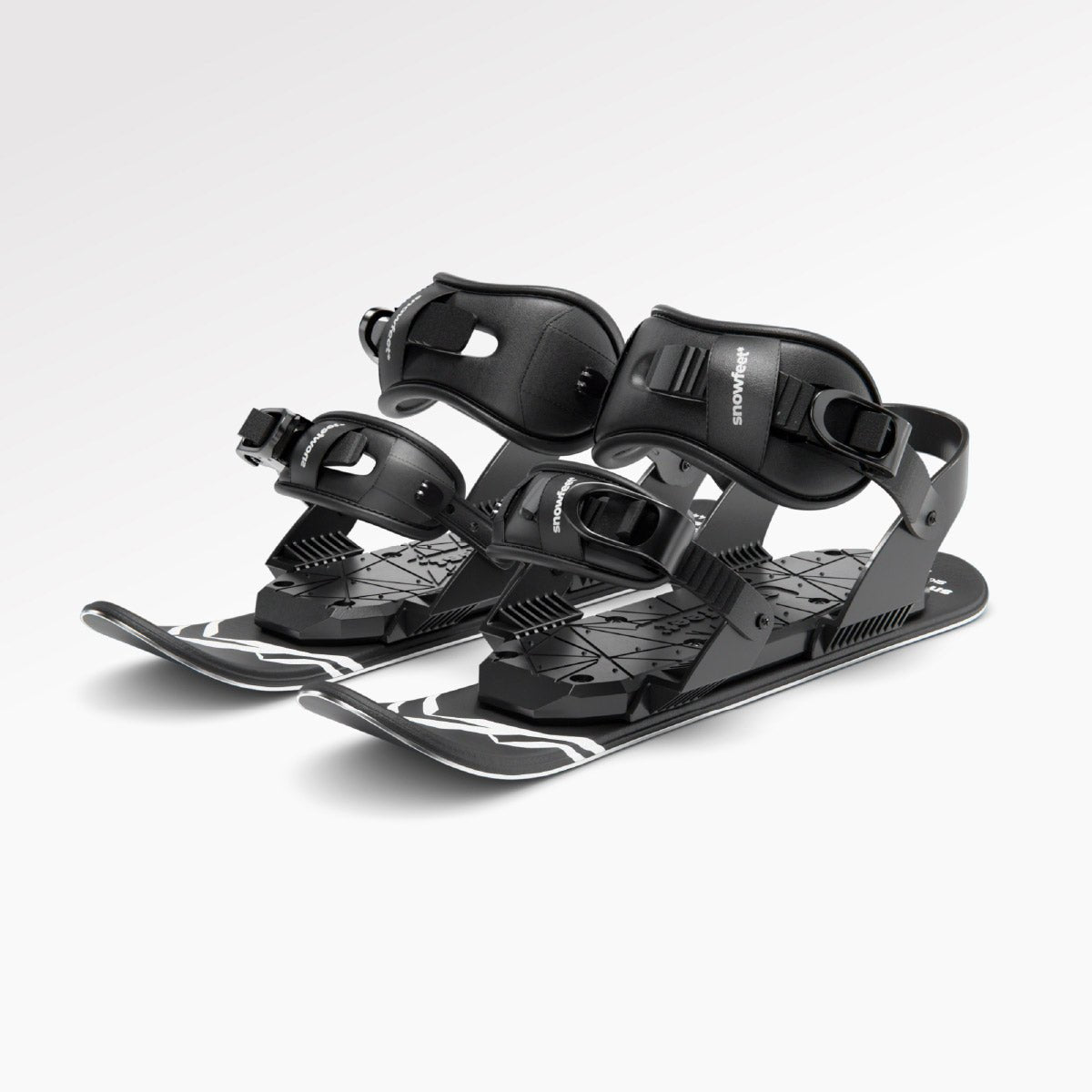
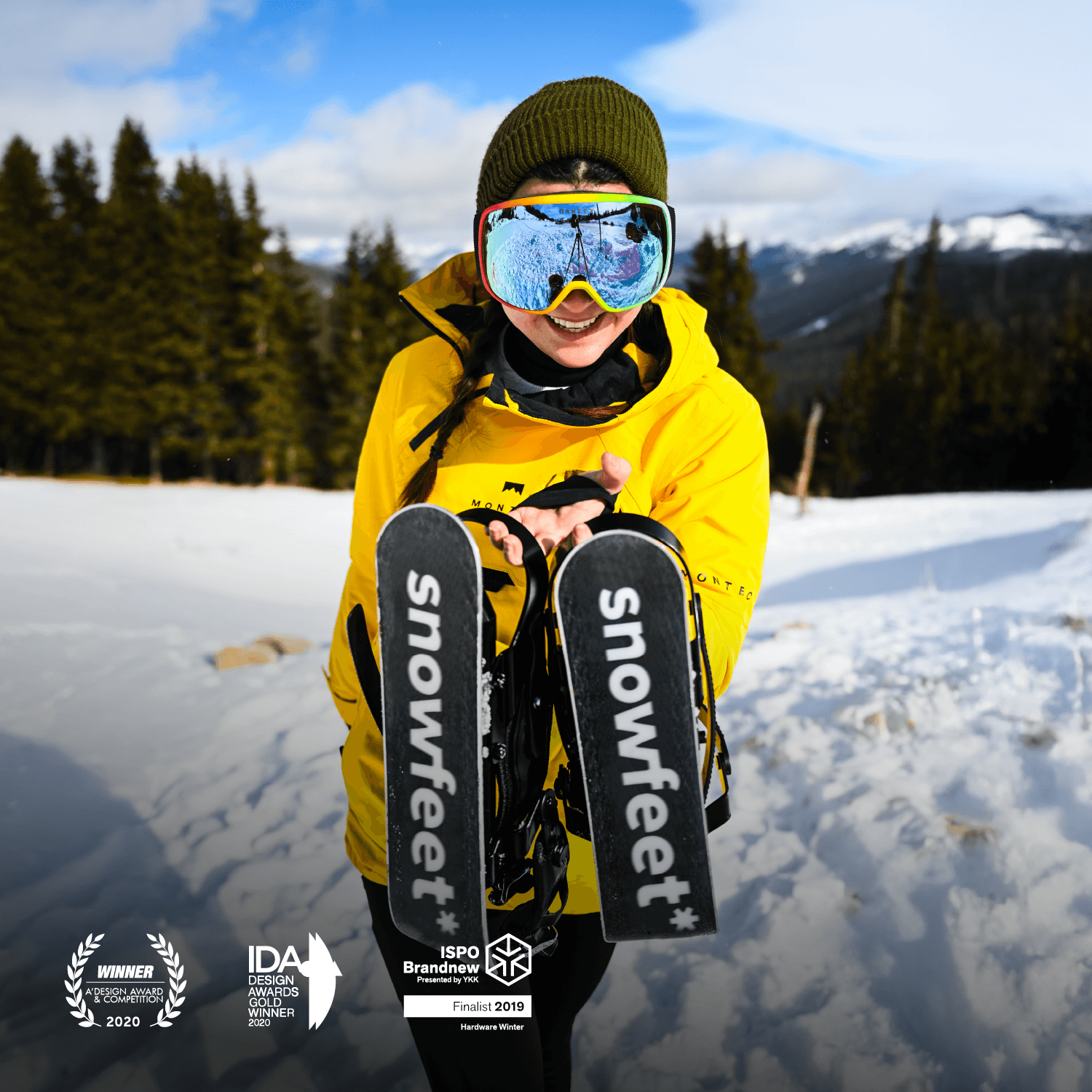
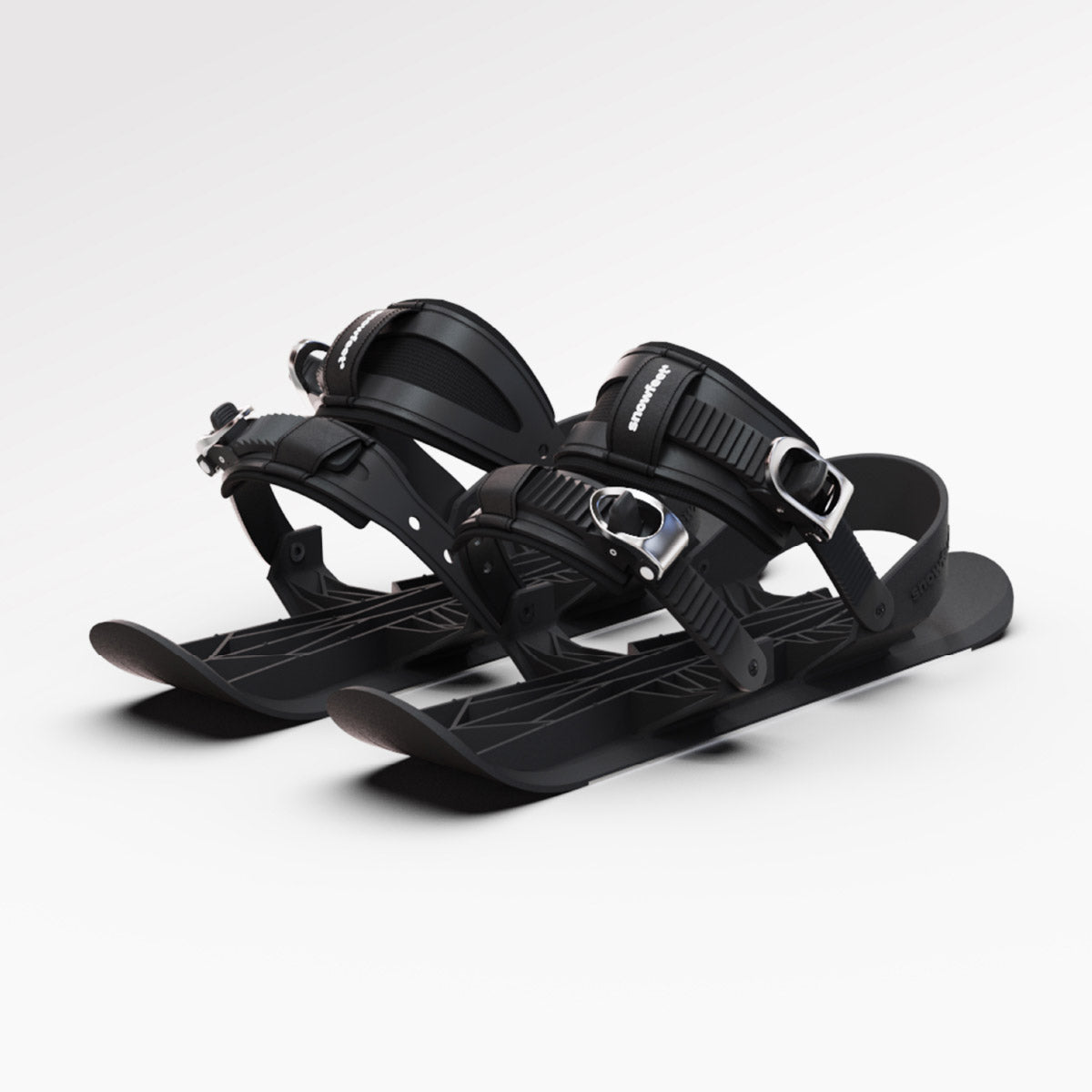
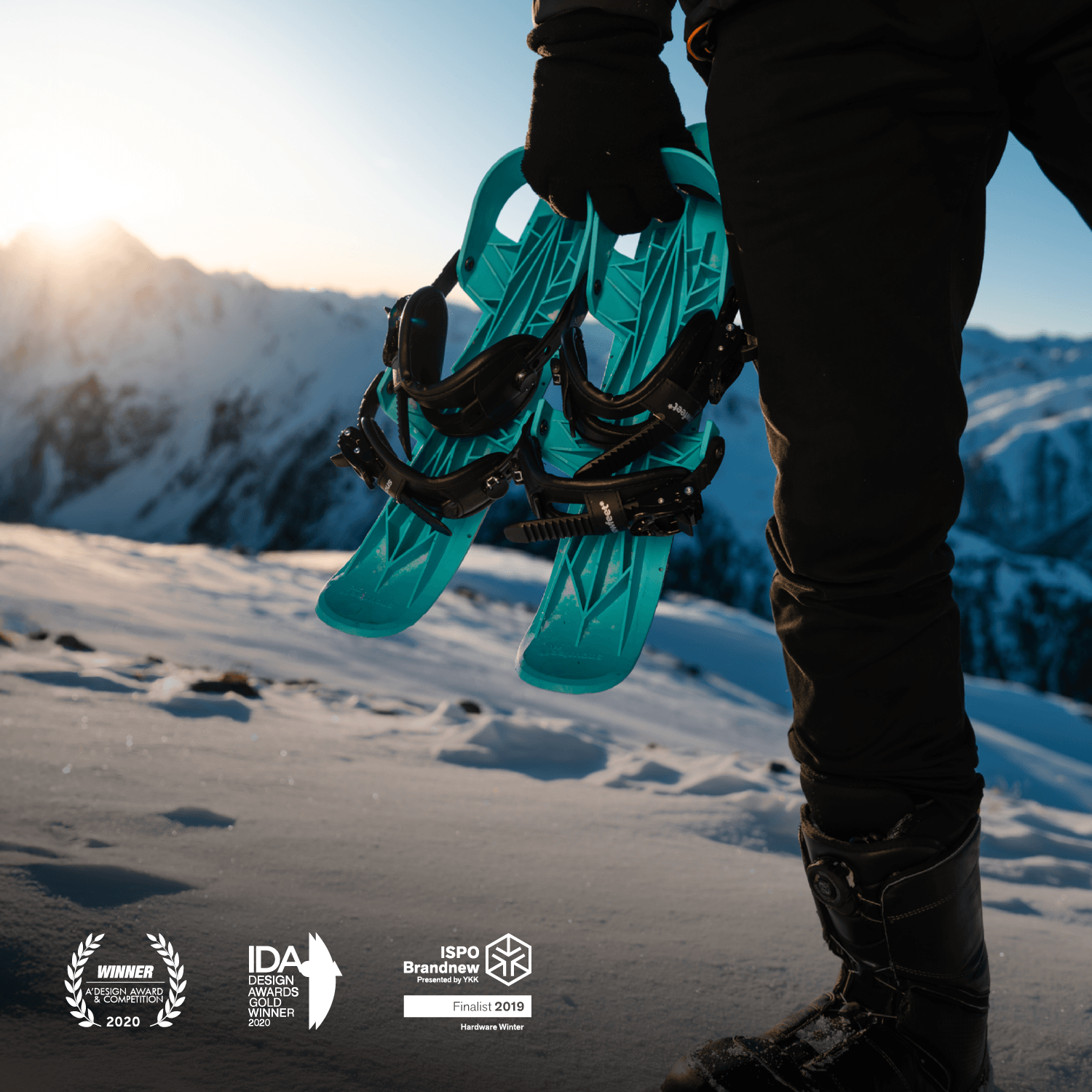
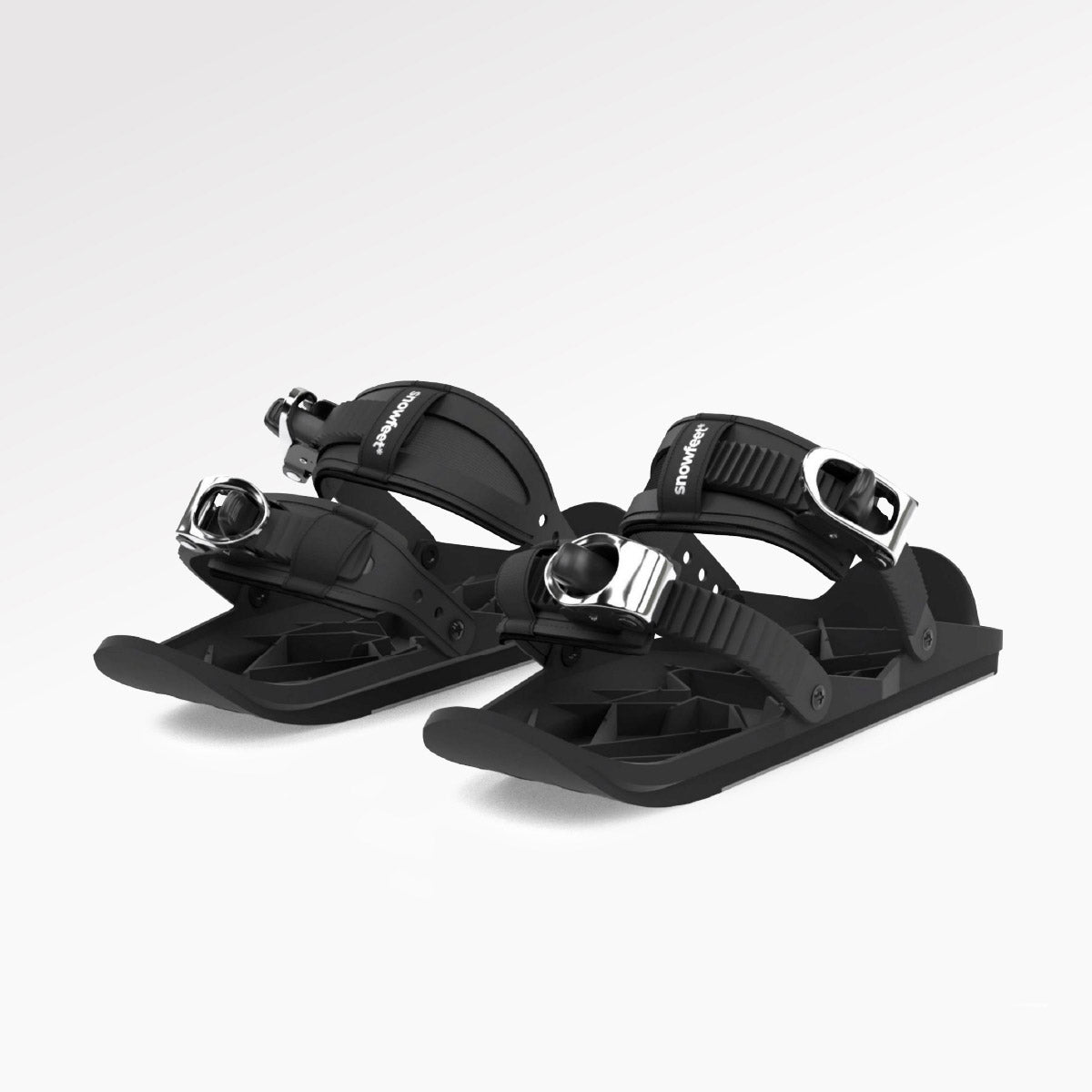
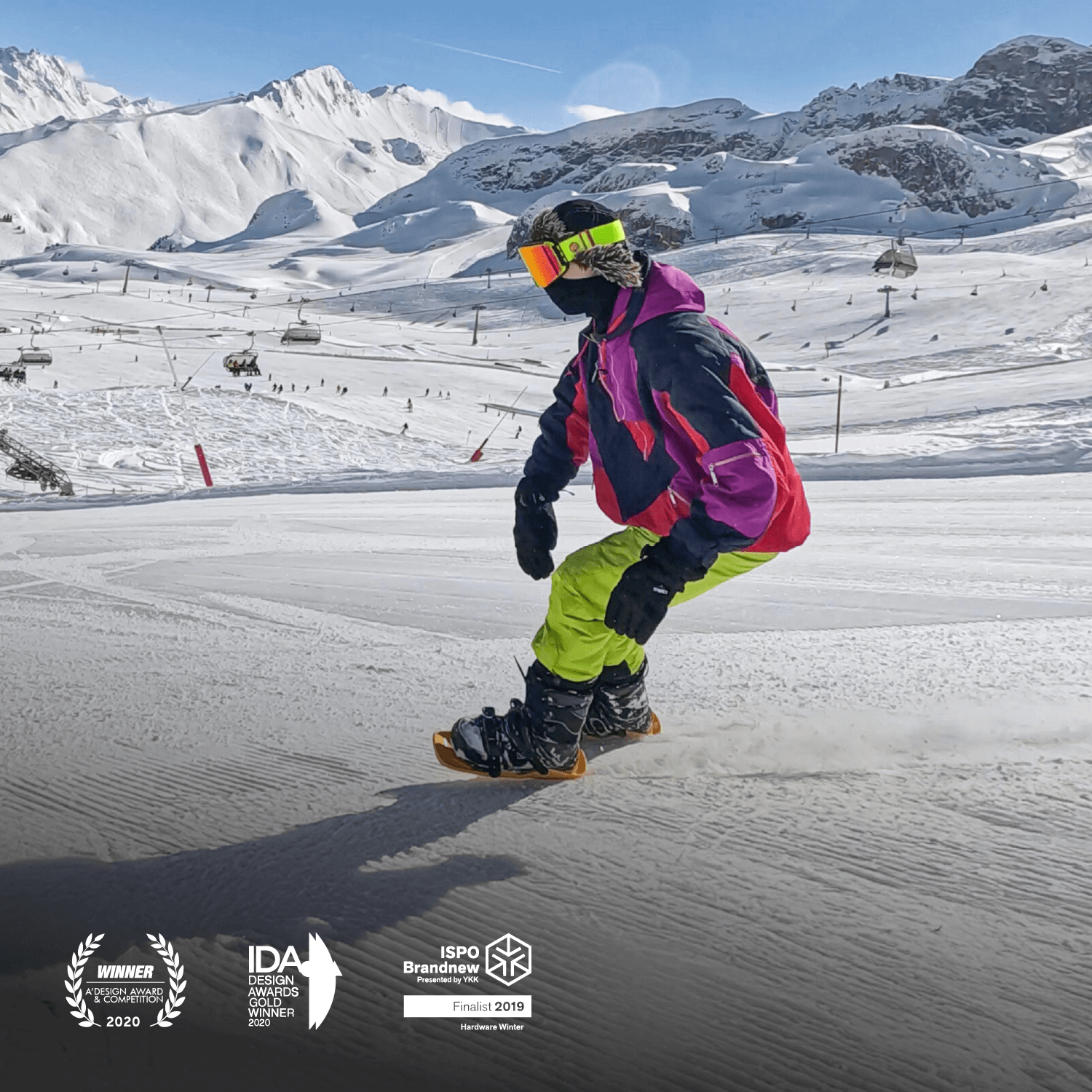
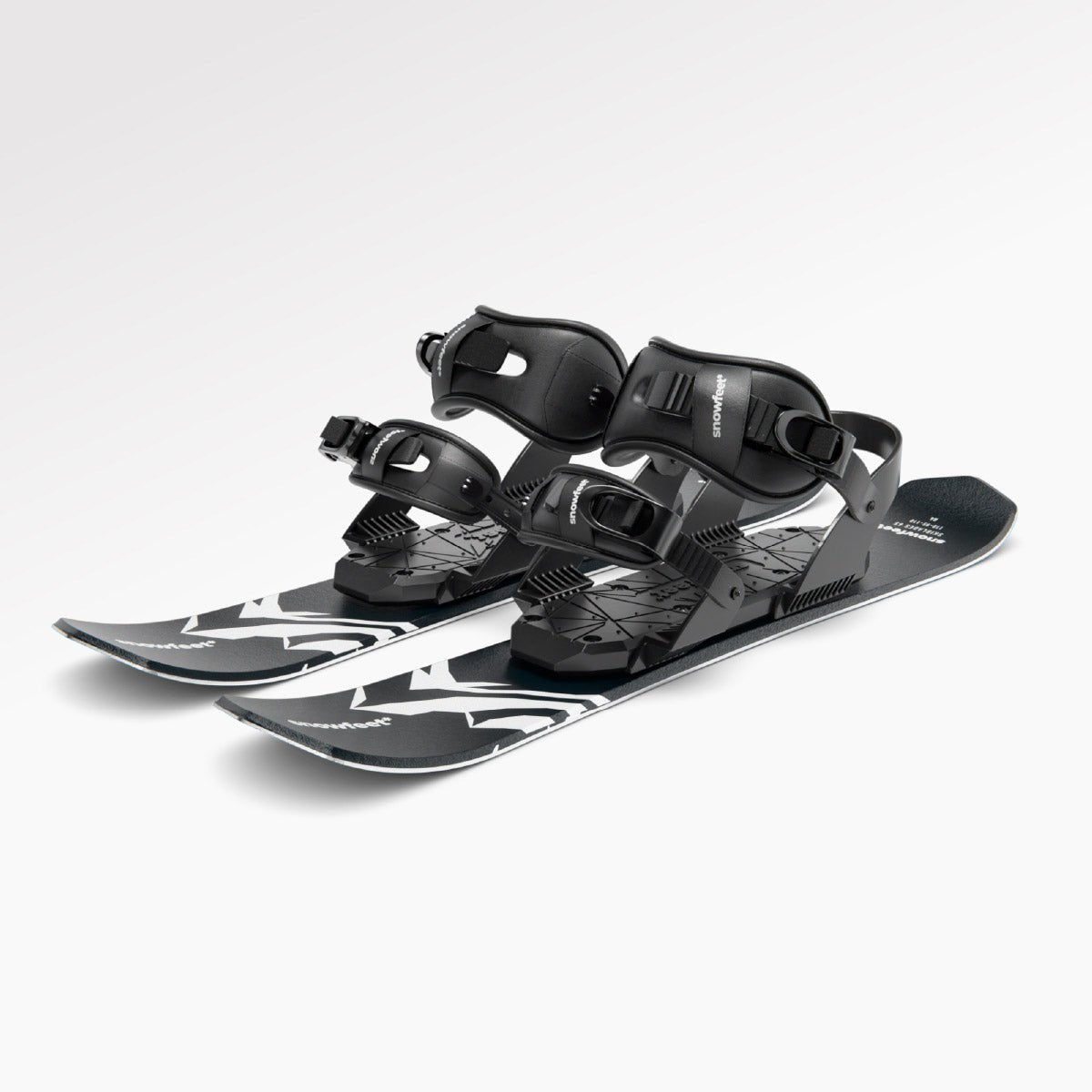
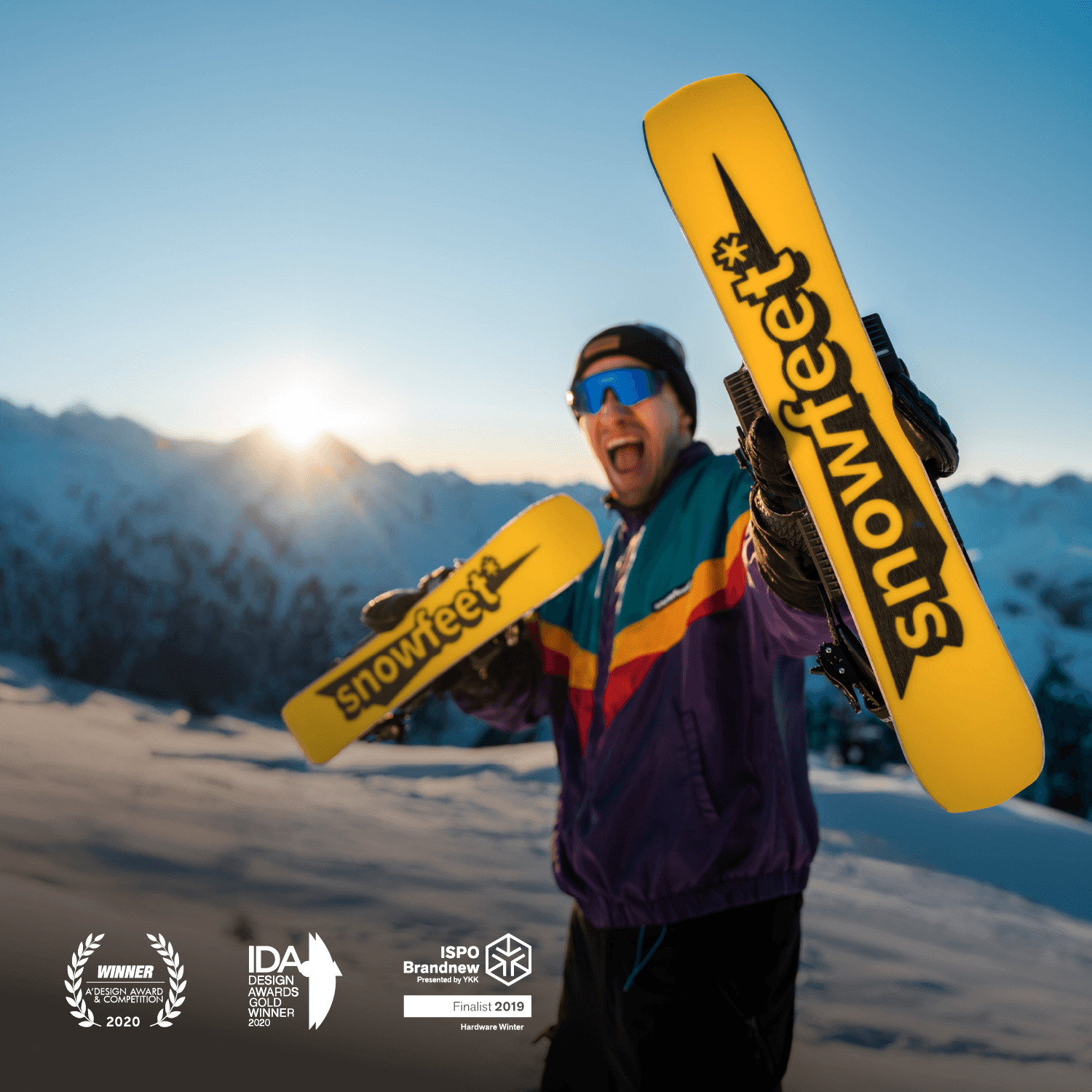
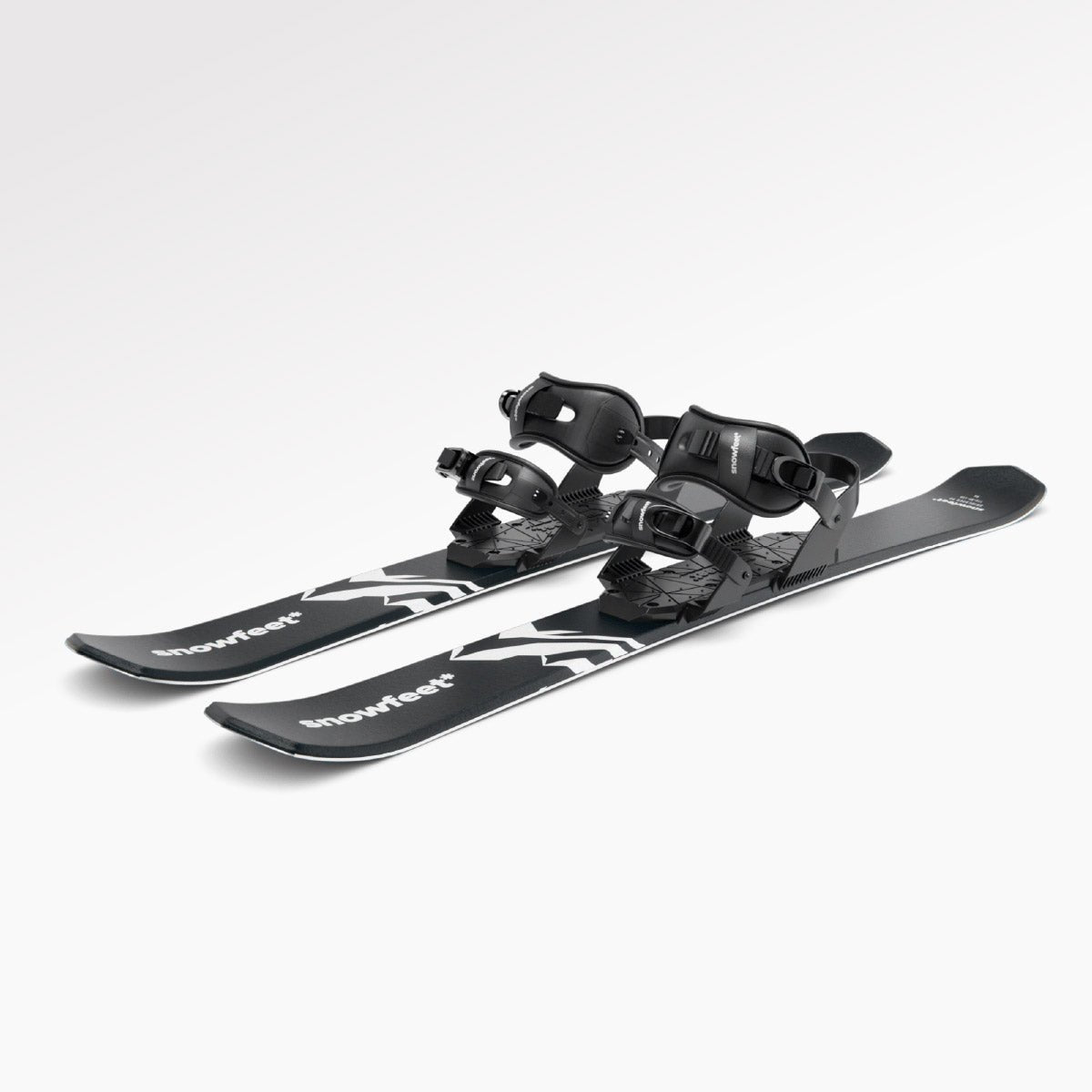
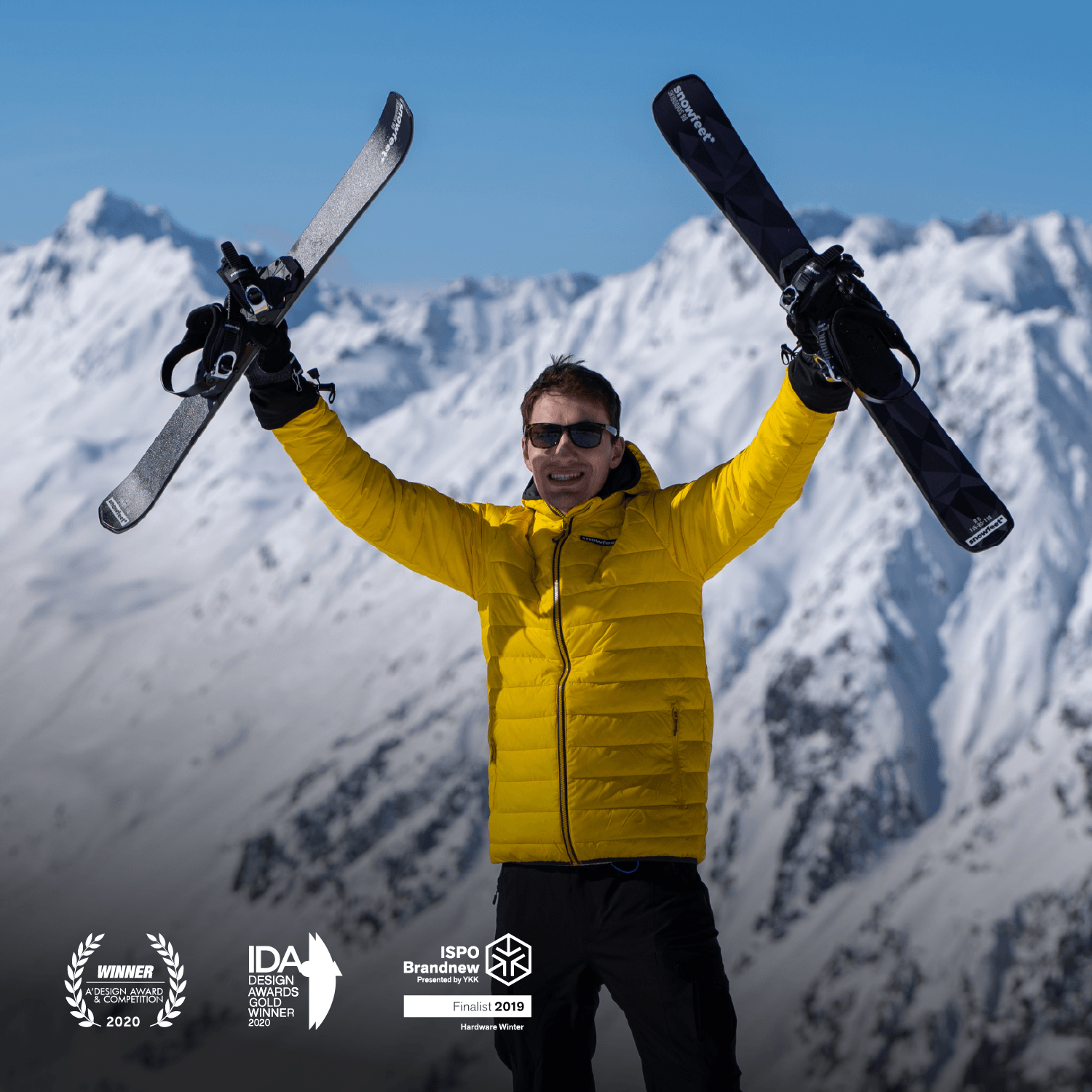
Laisser un commentaire
Ce site est protégé par hCaptcha, et la Politique de confidentialité et les Conditions de service de hCaptcha s’appliquent.